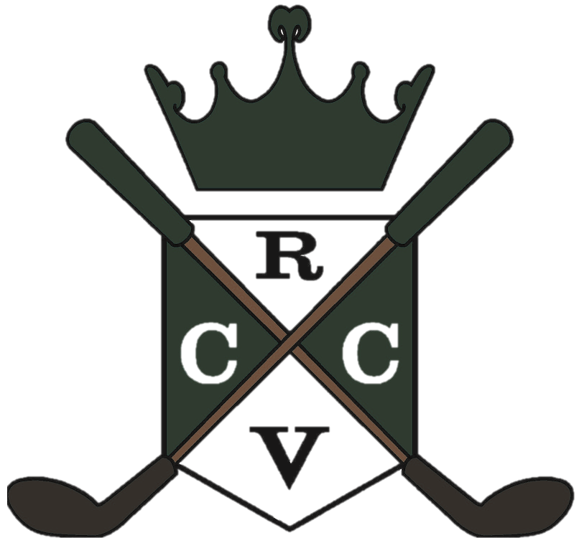During the early decades of the 20th Century, the largest part of what is today Radnor Valley was the estate of Franklin McFadden, honorary consul for Japan here in Philadelphia.
In 1907 he built the handsome mansion that, almost 50 years later, would become the clubhouse of a new country club. Early in 1951, Louis Harrison, one of Radnor Valley’s founding members, spearheaded the acquisition of the old McFadden estate as well as 40 adjacent acres. Prior to settlement on the land, an open house was scheduled for prospective members. A heavy snowstorm early that day, however, made it all but impossible to get to the Sproul Road site in the Ithan area of Villanova. Virtually no one showed up. A second open house was hastily arranged. This time the weather was no obstacle, and 20 of the 250 people who turned out signed up as Founding Members on the spot, pledging $1,000 each. Now, late in 1951, final settlement could be made.
Golf was to be the primary focus of the club at its founding, and noted Philadelphia course architect Dick Wilson was commissioned to bring a course to life. Wilson’s roots in great golf courses ran deep. As a child, he had served as water boy for the construction crew on Merion’s West course. He later worked on Toomey and Flynn’s crew during the revision of the East course in 1925, then became a construction superintendent of the firm and, later, a design associate. In 1931 he supervised the building of the great Shinnecock Hills course, interpreting William Flynn’s outstanding plan. In 1945, Wilson struck out on his own and, prior to his selection by Radnor Valley, had laid out no more than six or seven courses, including the highly regarded eighteen for West Palm Beach Country Club and a handful of courses in Virginia.
But in the 1950s and the first part of the 1960s, his services were much in demand, and from his drawing board would flow such exceptional designs as the two eighteens at NCR Country Club, Dayton, Ohio; the Blue Course at Doral; Pine Tree Country Club, Delray Beach, Florida; the No. 4 Course at Cog Hill, Lemont, Illinois; and Deepdale Country Club. The course at Radnor Valley, routed over attractively rolling terrain, opened in 1953.
Life at Radnor Valley proved so attractive to the membership that the founders abandoned their original intention of being a golf-only club and a swimming pool was built that same year. Racquets were added in the later part of 1967, the same time that the impact of the Blue Route (Route 476) was felt at Radnor Valley. Part of the golf course lay in the projected path of the highway that would open more than 20 years later. The state agreed to pay for the land needed by the right of way, and this money, together with other funding, was used by the club to acquire additional ground utilized to redesign and rebuild the golf course. Dick Wilson had died in 1965. The Gordons would now be called in to carry out a sweeping makeover of the original layout.
Here we find an instance of one architect redesigning a course originally laid out by a longtime friend and colleague, for Bill Gordon and Dick Wilson had both learned their craft under William Flynn and Howard Toomey in the 1920s. The course that was unveiled in 1968—6,215 yards from the regular tees, 6,655 from the championship markers, par 71—can, on the whole, be rightly attributed to Bill and Dave Gordon. But there was also a little Dick Wilson and, by extension, a little William Flynn in it as well.





